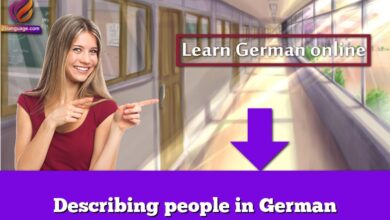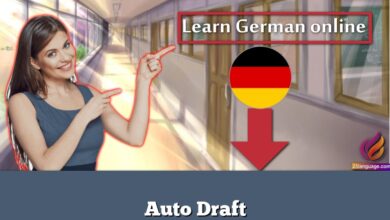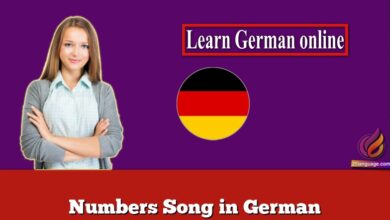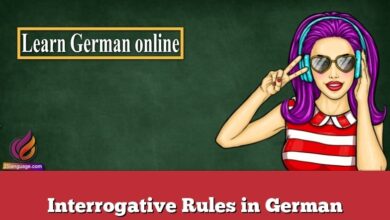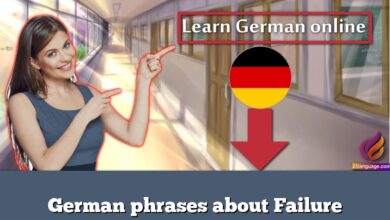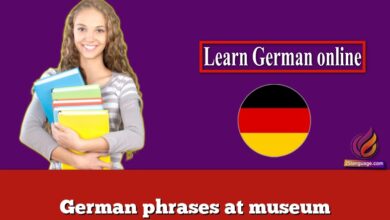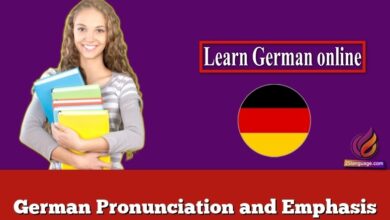A2 German exam
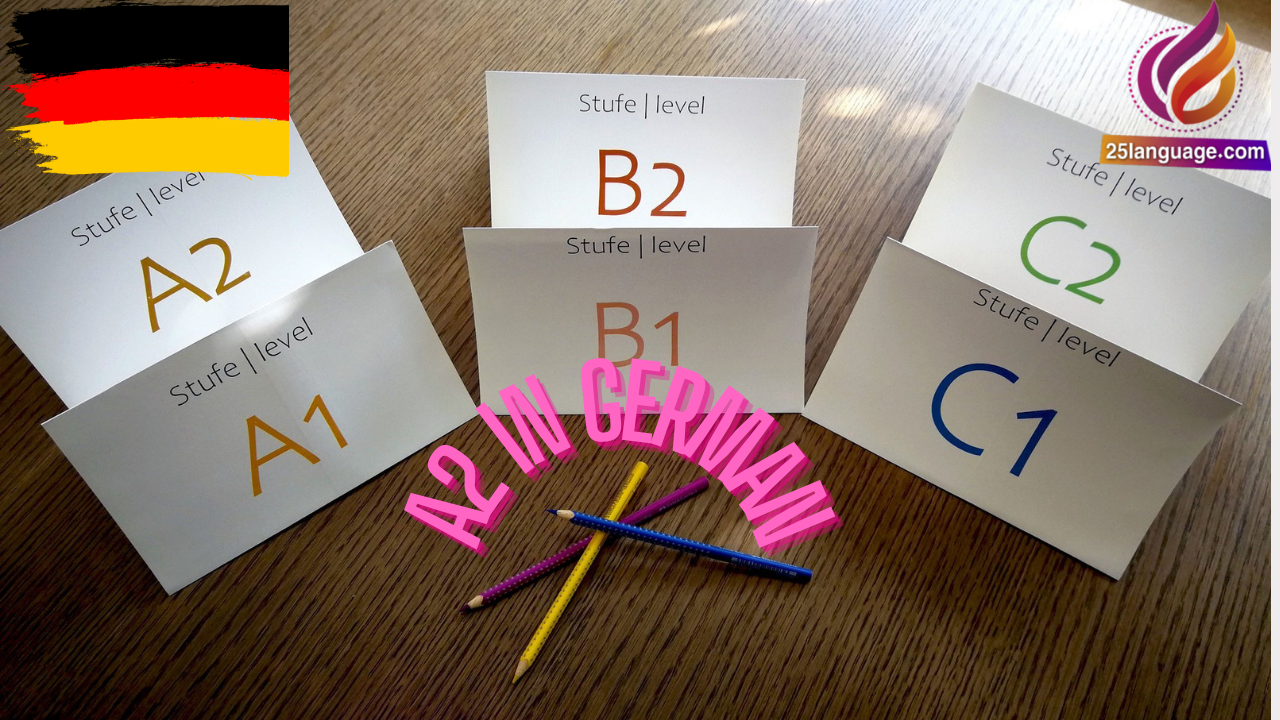
Is your A2 German exam coming up and you are beginning to freak out? Do you want to review all of your A2 German grammar and finally master those cases, declensions, conjugations and the German sentence structure? Join us now and brush up on all of your A2 German skills!
What is Level A2.1 in German?
The Common European Framework of Reference for Languages (CEFR or CEF for short) is a standardized guideline used to describe achievements of learners of foreign languages across Europe and beyond. At Expath, we follow these guidelines in all of our German classes.
How Does it Work?
These levels are classified as A1 for beginners, A2 for elementary, B1 for intermediate, B2 for upper intermediate, C1 as advanced, and C2 as mastery.
Expath, like many other language schools, splits these levels in half to accommodate students’ time and budget planning (e.g. level A1 is split into A1.1 and A1.2). This framework is one of the best to learn German for beginners.
To start with level A1, you are expected to have no knowledge of German.
What Does it Mean for You?
After completing level A2.1, you’ll be able to:
- understand sentences and frequently used expressions related to areas of most immediate relevance (e.g. very basic personal and family information, shopping, local geography, employment).
- communicate in simple and routine tasks requiring a simple and direct exchange of information on familiar and routine matters.
- describe in simple terms aspects of your background, immediate environment and matters in areas of immediate need.
What You’ll Learn
At Expath, as part of the A2.1 curriculum you will learn the following (and more):
Answering “Why” questions; Expressing the past (split verbs); Describing sequences of actions in the past (zuerst, dann, etc.). Ask about whether something has ever been done. Talking about vacations; Talking about extended family. Expressing “to put” in German.Talking about the location of items and places and placing them;
Asking people to come in, out, over, etc.). Reading short messages and notes. Talking about frequency; Using “some” and “one” in German. Naming kitchen utensils and talking about food; Ordering, complaining and
explaining in a restaurant; Offering and declining. Talking about cause and effect (wenn-dann); Looking for jobs; Talking about what one should do. Assigning ownership of known items (deinen, deins, etc.); Saying “already” and “not yet”. Saying “someone” and “no one”; Reading messages and announcements at work. Talking about
vacations; Using reflexives (“oneself” – “sich”).Talking about interests and health; Talking about activities; Asking and answering questions with “Wo” (“wofür”, “worauf”, “womit”, etc.). Talking about past and current situations
and the differences between them (wollte, konnte, sollte, etc.). Express what one thinks or believes (…,dass…); Talk about education and educational offers; Talk about gifts and “to whom” they are given.
At last we hope you to pass A2 German exam and master German. Then you can download the best German keyboard translator.

